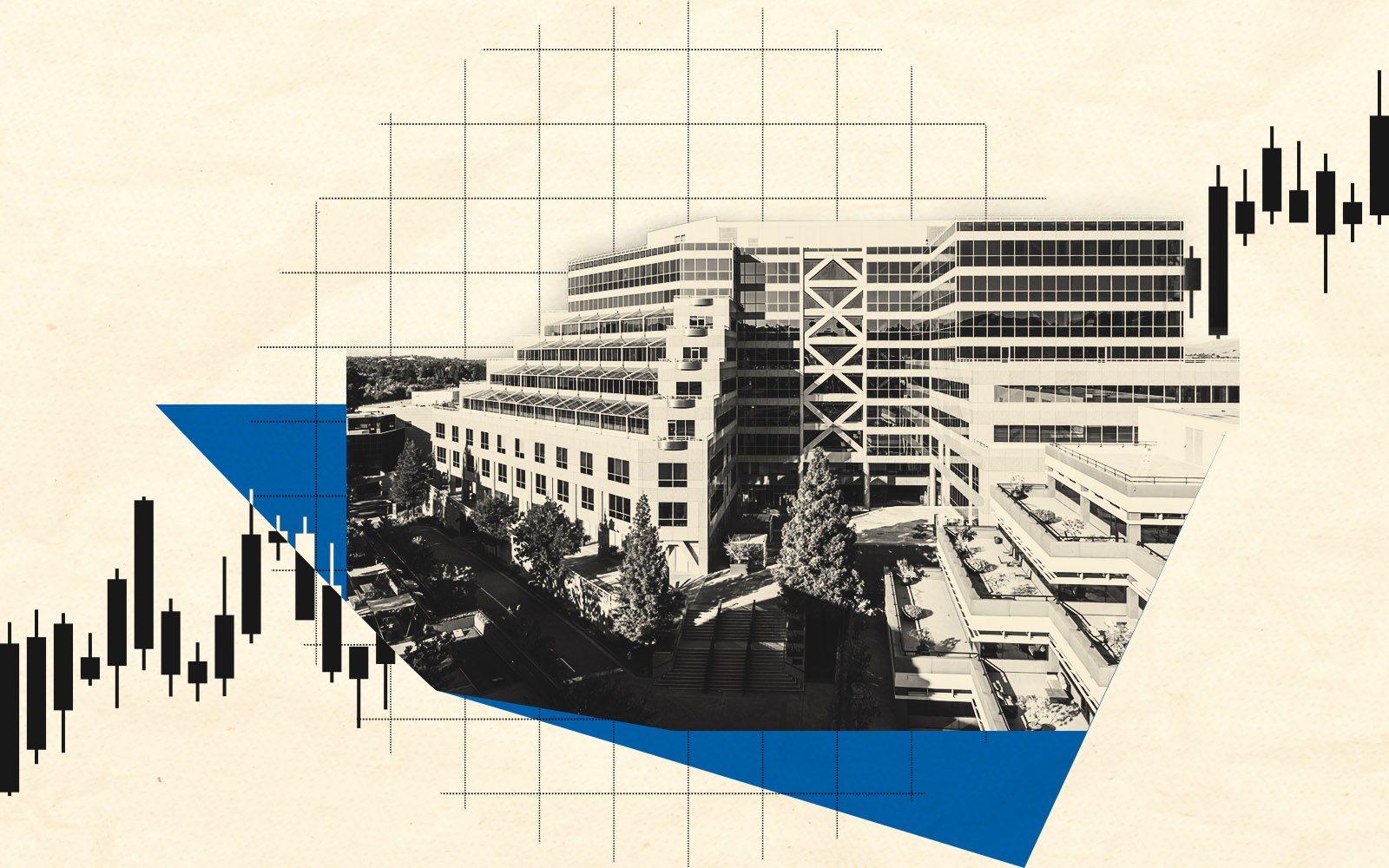The San Francisco office market, once scraping the bottom of the barrel, is rising up once again.
That’s the conclusion of economists from locally-based Wells Fargo, who tracked an 11.3 year-over-year jump in U.S. commercial sales last quarter to $98 billion, according to the San Francisco Business Times, citing a recent report.
Wells Fargo economists Charlie Dougherty, Jackie Benson and Ali Hajibeigi point to growing office, hotel and multifamily deals in the first quarter ending in March.
“The general rise in transactions follows lower financing costs, improved access to capital and increased optimism that a new real estate cycle is underway,” the economists said in their report, noting “CRE sales activity remains fairly tepid from a historical perspective, however, transactions have steadily improved over the past year.”
San Francisco is no exception.
The city could welcome its first mixed-use tower in years — hailed as “a great turning point for the city,” according to the Business Times. The 41-story skyscraper being built by Irvine-based Related California at 530 Sansome Street will include 400,000 square feet of trophy offices atop a luxury hotel.
San Francisco’s hard hit commercial real estate market is also drawing investors who seek a bargain. The market, which bottomed out last year at a record 37 percent vacancy, rebounded last quarter with 35.8 percent office vacancy, according to CBRE.
Return-to-office mandates have been a key driver in turning the tide. Office net absorption rose nationwide for the first time since 2021. In San Francisco, office visits in March were up 9.6 percent from a year ago, according to the Business Times.
While office occupancy is improving, office sales were still down 18 percent year-over-year, the Wells Fargo economists revealed.
The cautiously optimistic outlook can be tied in part to a lack of new construction in recent years.
“The pipeline of new commercial and multifamily projects has thinned significantly as a result of elevated financing costs,” the Wells Fargo economists said. “Supply should continue to downshift for the foreseeable future and help the CRE market maintain balance as changing policies and market volatility generate substantial uncertainty.”
More lenders restructuring or negotiating loans could also factor into the market uptick. Distressed sales made up only 2.5 percent of all transactions in the fourth quarter, with $8.2 billion in distressed loans and $5.9 billion in reworked loans.
“All told, the general firming in property prices and rise in transactions were encouraging signs that the momentum observed in 2024 was not just a flash in the pan,” Wells Fargo’s economists said.
What’s not clear is whether tariff-related volatility will wipe out the recent market gains.
— Chris Malone Méndez
Read more



